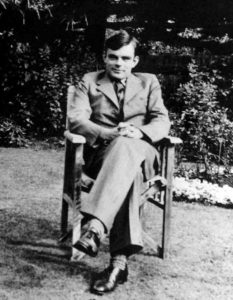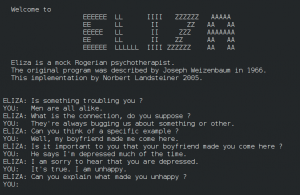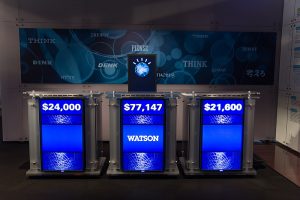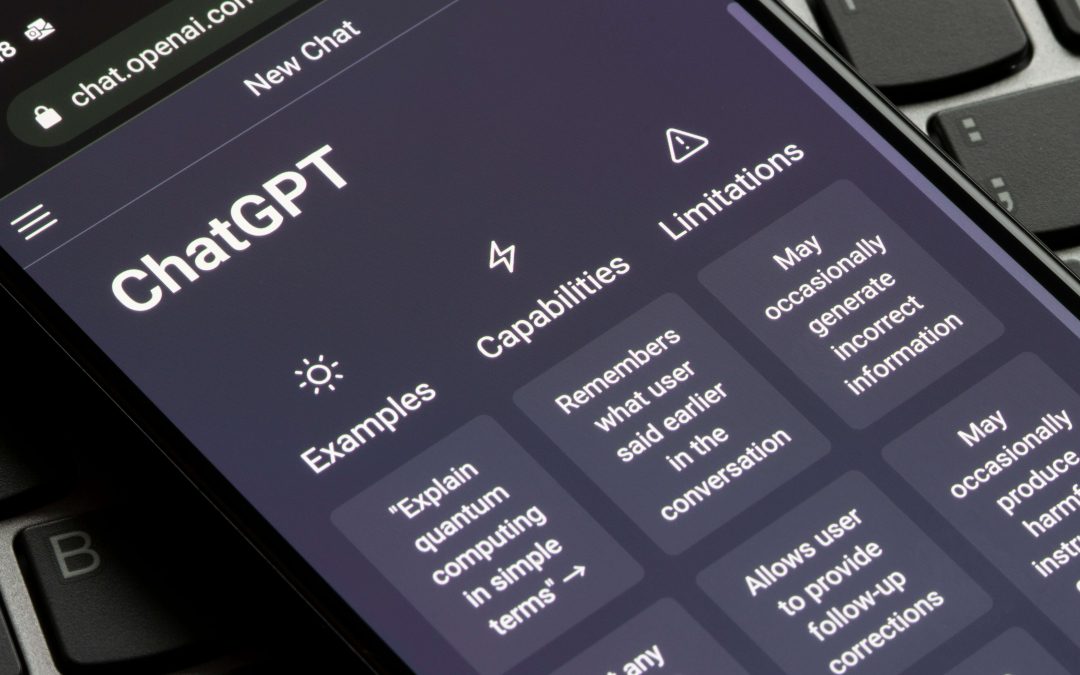Image Credit: © Tada Images / Adobe Images
In the short duration since its release, ChatGPT has almost become a household name—everyone seems to know of it, is talking about it, and everyone definitely appears to be using it. From writing school essays and business emails to generating ideas for gifts to composing jokes and short poems, the ways in which the AI chatbot is being employed seem to be endless. It has also triggered passionate discussions and debates about the place that AI can hold in human societies in the future.
Another intertwined concept that ChatGPT has given wind to is the chatbot. Chatbots have been around for a while, but never before have they captured the wider imagination as they have now.
Introducing Chatbots
The term “chatbot” is actually a shortened version of “chatterbot,” a term coined in 1994 by Michael Loren Mauldin (who himself created a chatbot). “Chatterbot” is a combination of the words chatter, an informal alternative to talk and bot, which is an abbreviation of the word robot. Thus, a chatbot is a computer program that has the ability to “talk” back and interact with humans in the language that they will understand.

Alan Turing was the first to suggest that machines may exist that can respond in a human-like manner.
While the word itself was coined in the 1990s, the idea behind chatbots has existed since long before then. In 1950, Alan Turing, one of the premier codebreakers during the Second World War and a founding figure of modern computer science and artificial intelligence, proposed a test named the imitation game. Its purpose was to determine whether a computer program undergoing the test was able to “think” like a human being.
Responses to a set of questions were to be collected by an interrogator from the machine/program being tested and from a human respondent. These would then be presented to a group of people. If they were not able to determine correctly which responses were given by the machine and which were given by the human respondent, the program passed the test, which is today popularly known as the Turing test.
The idea that a machine could be created that would respond in a manner similar to, or almost indistinguishable from, humans set off the development of what would come to be known as chatbots.
Today, they are everywhere. Even before ChatGPT stormed onto the scene, chatbots had become embedded into the online world and were embedded into the way several businesses worked and interacted with customers.
From ELIZA to ChatGPT: A History of Chatbots
ELIZA

Developed in MIT’s AI lab, ELIZA was the first chatbot and mimicked a psychotherapist.
The first chatbot was created 16 years after the idea of a talking machine was floated. Joseph Weizenbaum programmed ELIZA in MIT’s Artificial Intelligence Laboratory with the purpose of responding in a manner reminiscent of a Rogerian psychotherapist.
ELIZA would pick up on words and/or phrases in the prompts and queries fed into it and match them against a preprogrammed list. The list also featured scripted responses to go along with those words which became its output.
Though unable to pass the Turing test and relying on scripted responses, Weizenbaum was surprised to notice that the effect of the chatbot was indeed very similar to that of a therapist—it was getting people to open up.
PARRY
Like ELIZA, the next chatbot to be developed, PARRY, also had a purpose related to psychology. However, created by psychiatrist Kenneth Colby in 1972, PARRY responded in a manner that was the exact opposite of ELIZA—it emulated a patient of paranoid schizophrenia. Coming six years after ELIZA, PARRY was also called ELIZA with attitude.
Developed on Stanford University’s campus, PARRY functioned on a more complex program than ELIZA’s. In fact, it passed the Turing test when 48% of the psychiatrists asked to judge were unable to differentiate between the machine and the human responses.
In 1973, ELIZA and PARRY were connected to each other over ARPANET, and their conversation is a historic moment in the history of AI and chatbots.
Jabberwacky
The first chatbot to depend not on static databases, but instead on the “contextual pattern matching” technique was Jabberwacky, created by British programmer Rollo Carpenter in 1988. This means that Jabberwacky depended not only on the information that was fed into it by its programmer, but also picked up—learned— information, such as phrases and patterns of speaking, from its users.
While it was learning, the primary goal of Jabberwacky was simply to provide conversation that was natural and entertaining. It did not serve as an assistant, just as an entertainer.
ALICE
Created in 1995 by Richard Wallace, ALICE’s name is an acronym for Artificial Linguistic Internet Computer Entity. It is based on open source AIML (artificial intelligence markup language) and uses heuristic pattern matching to try to respond in a human-like manner to users.
While influenced by ELIZA, ALICE was a much more advanced machine employing the initial versions of natural language processing (NLP) that is now a standard for developing AI.
ALICE is a major milestone in the evolution of AI chatbots and was awarded the Loebner Prize three times. However, ALICE has repeatedly been unable to pass the Turing test.

IBM’s Watson is a question-answering system that was entered into ‘Jeopardy!’ and won first place.
Image Credit: Atomic Taco / Wikimedia Commons (licensed under CC BY-SA 2.0)
Watson
Watson is IBM’s creation, and it is a question-answering system. It first came to public attention when the chatbot participated in the game show Jeopardy! in 2011 and won first place. Today, Watson is available for commercial use and has applications in various fields, ranging from healthcare to advertising. Watson’s code is also available for purchasers to use to develop their own chatbots.
Virtual Assistants
Apple’s Siri, Microsoft’s Cortana, Amazon’s Alexa, and the Google Assistant are now on everybody’s phones and computers. While everybody knows what a virtual assistant is, a lot of people forget that these too are chatbots. They are capable of interacting with users via both text and audio as well as performing a range of functions beyond just talking. Users can request them to make calls, send text messages, play a media file, or any of a range of activities that can be done over IoT (internet of things).
ChatGPT
The close of 2022 saw the arrival of ChatGPT developed by OpenAI. It is the most advanced iteration, so far, of both AI and chatbots. Trained on a massive amount of data and capable of continuing to learn from users, ChatGPT’s language capabilities are a cause of excitement as well as concern: it is the closest approximation to human speech produced so far, but this allows it to fabricate “facts” convincingly.
As mentioned, the applications being found for ChatGPT are numerous and as varied as the imaginations of its users. So far invisible in the way they were embedded in the online world, chatbots are now receiving a great deal of attention and speculations about how they may hold an important position in the future.
